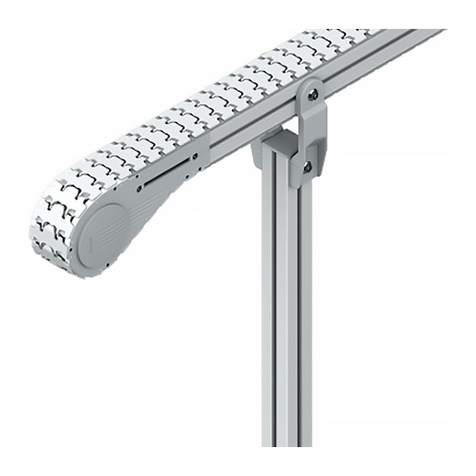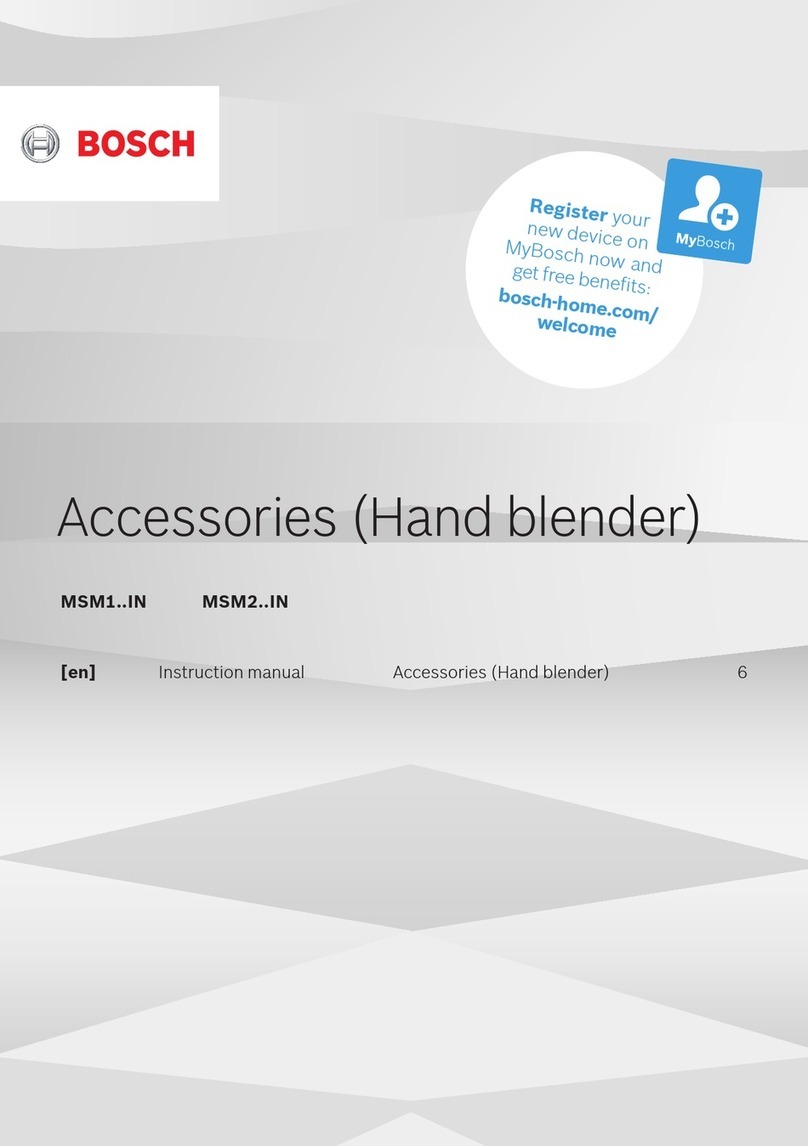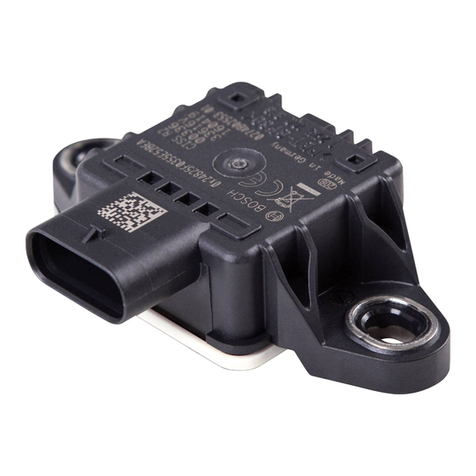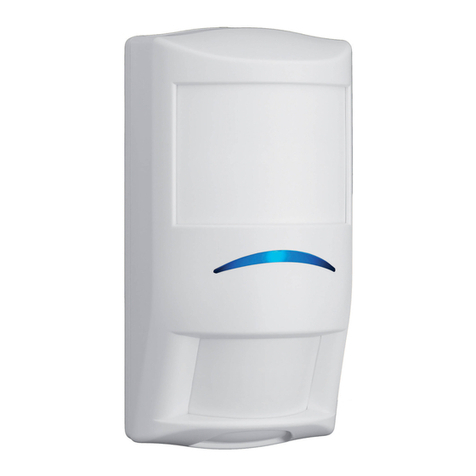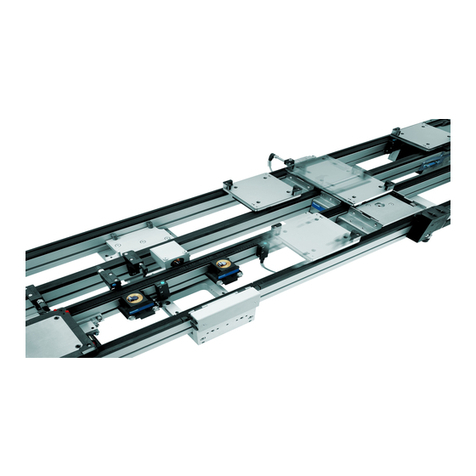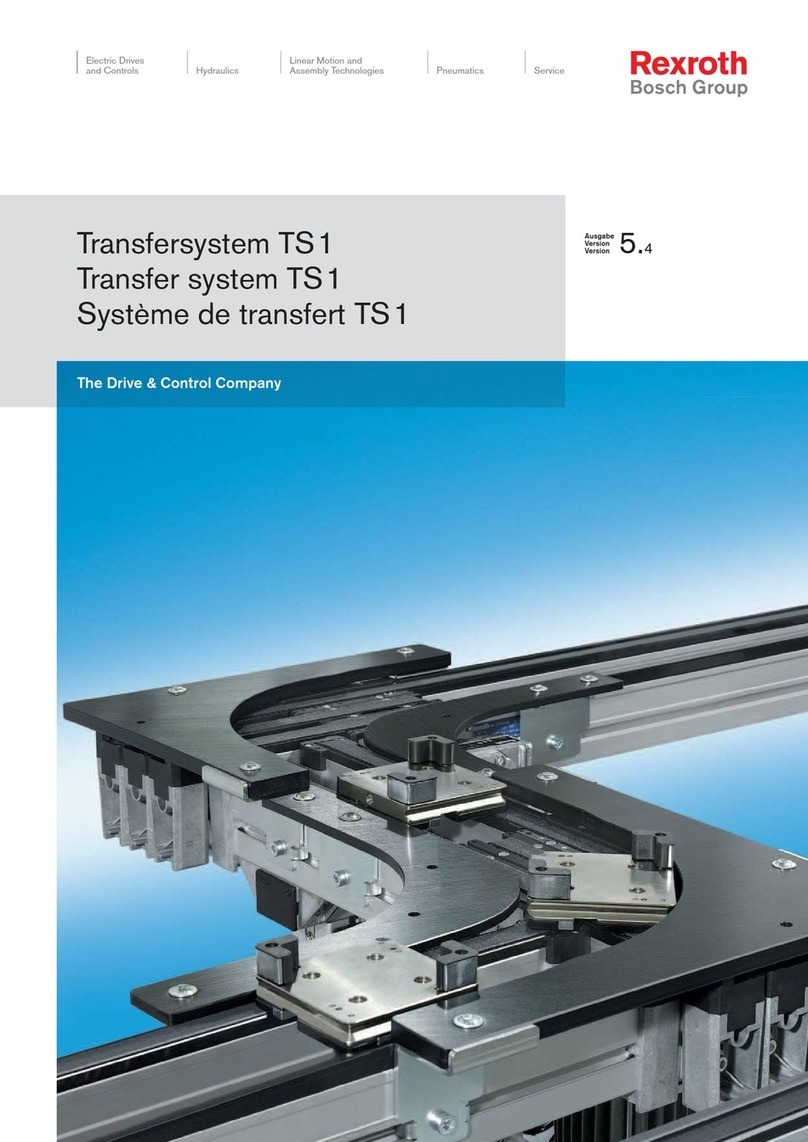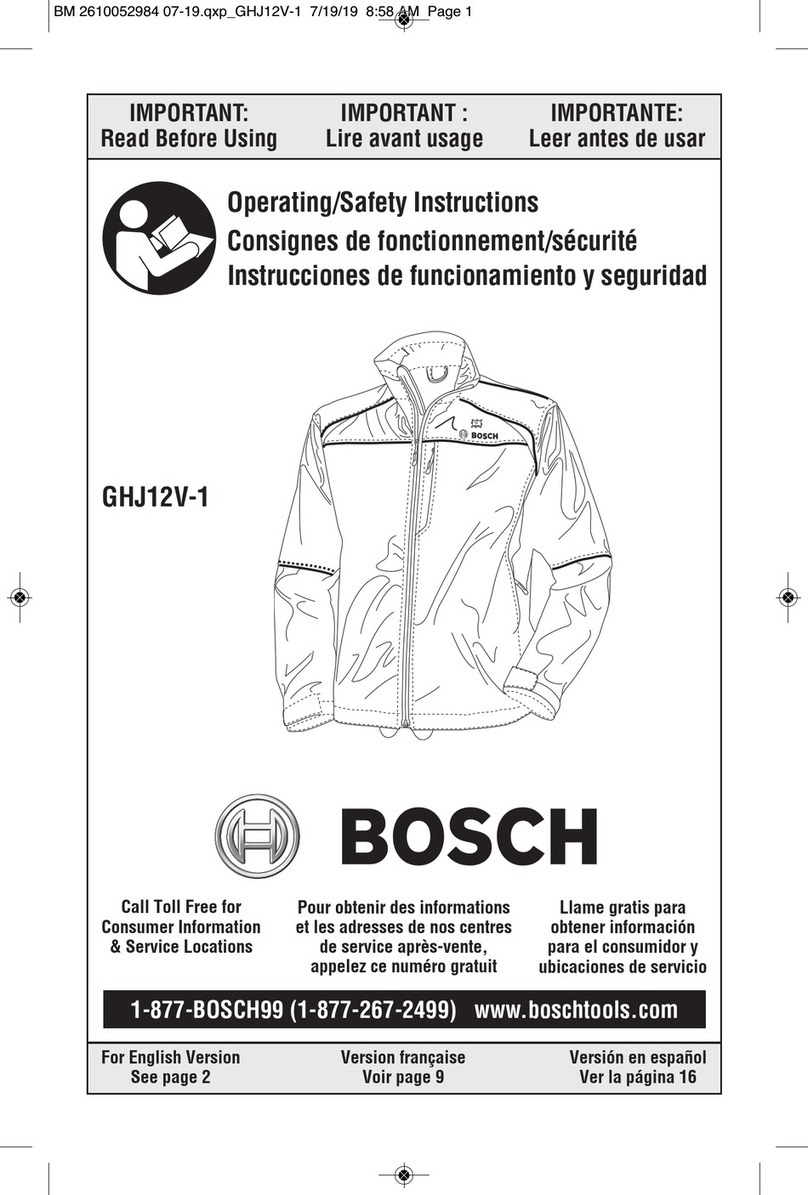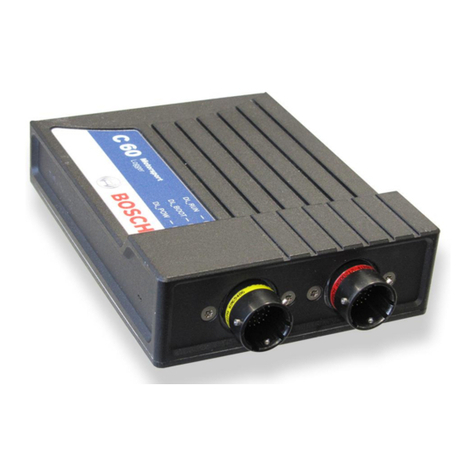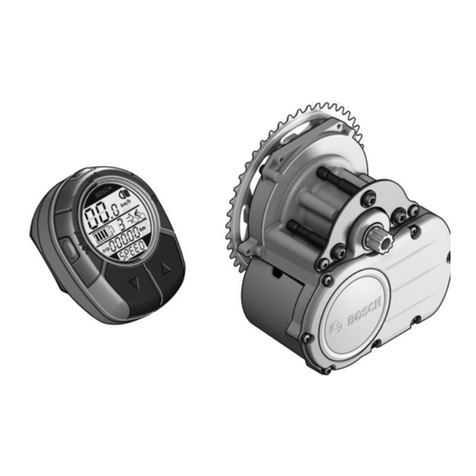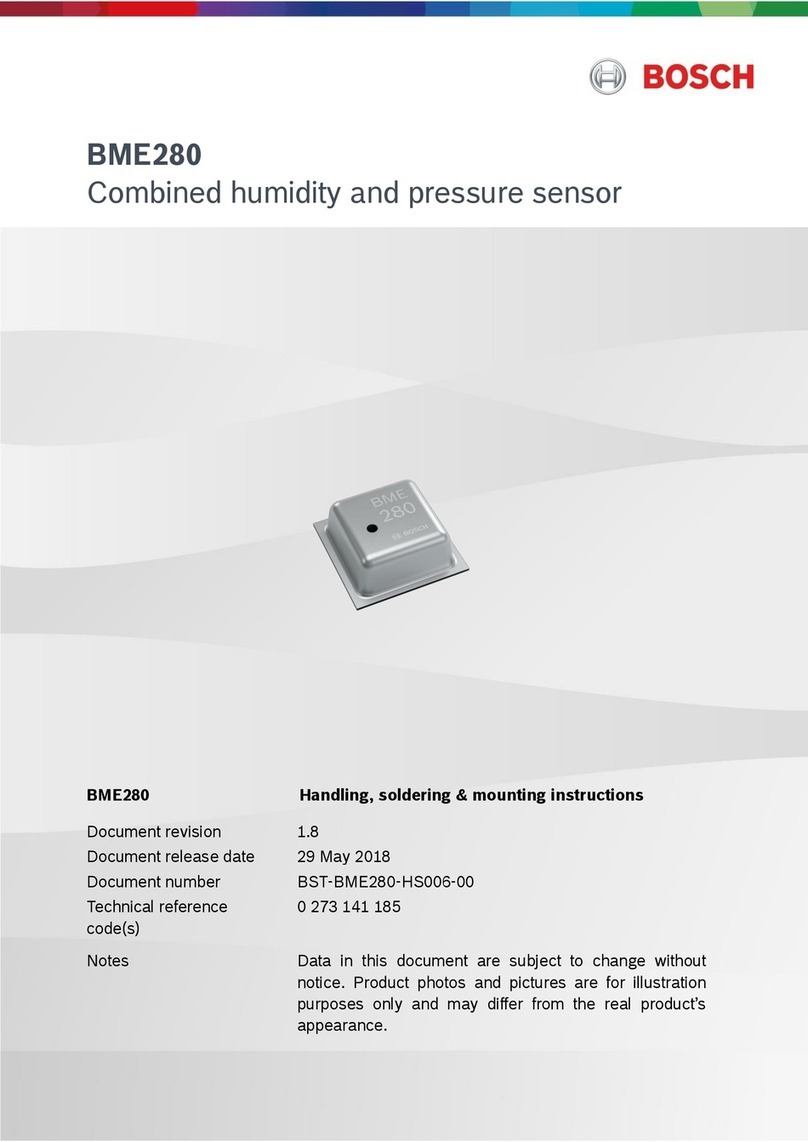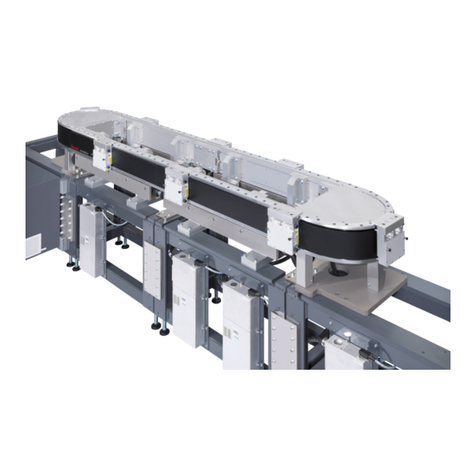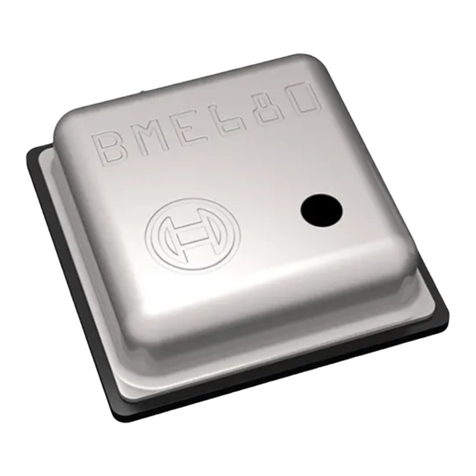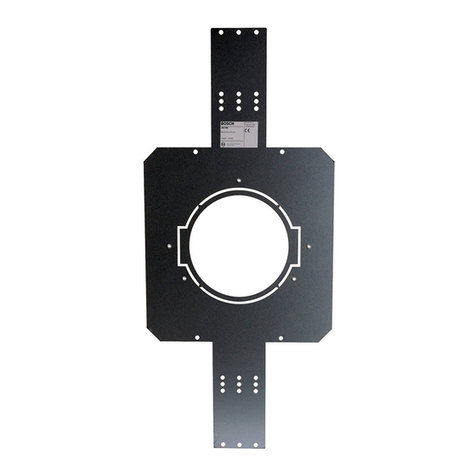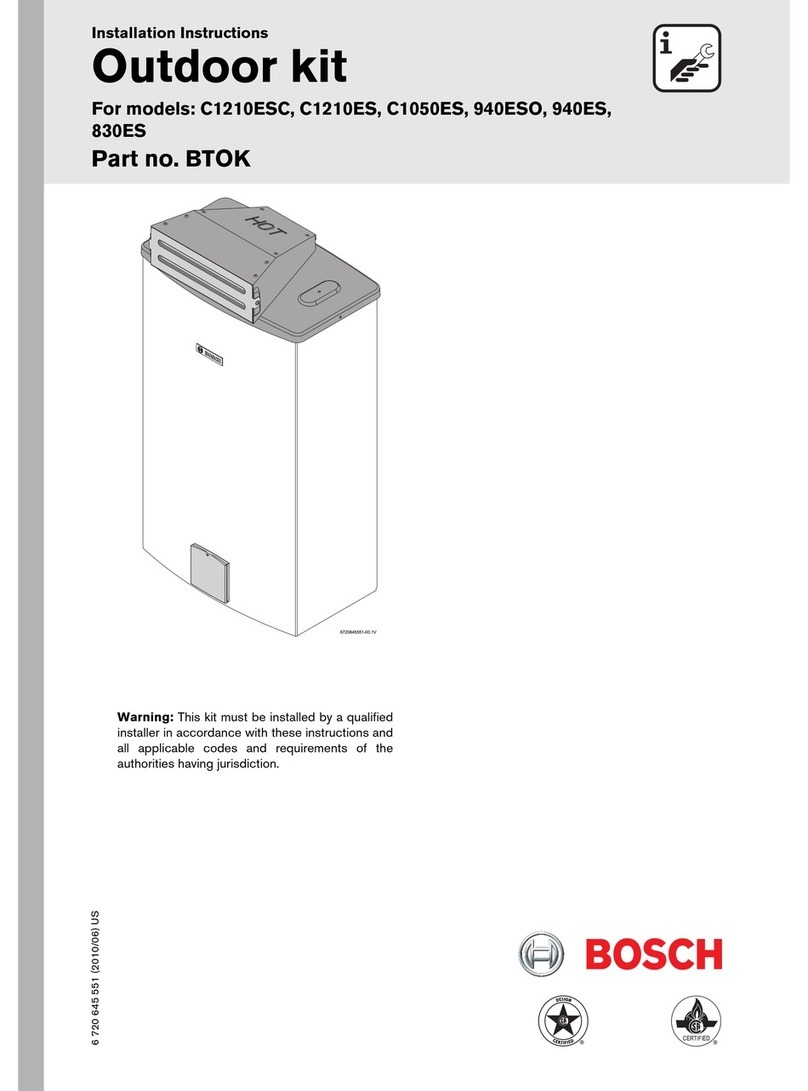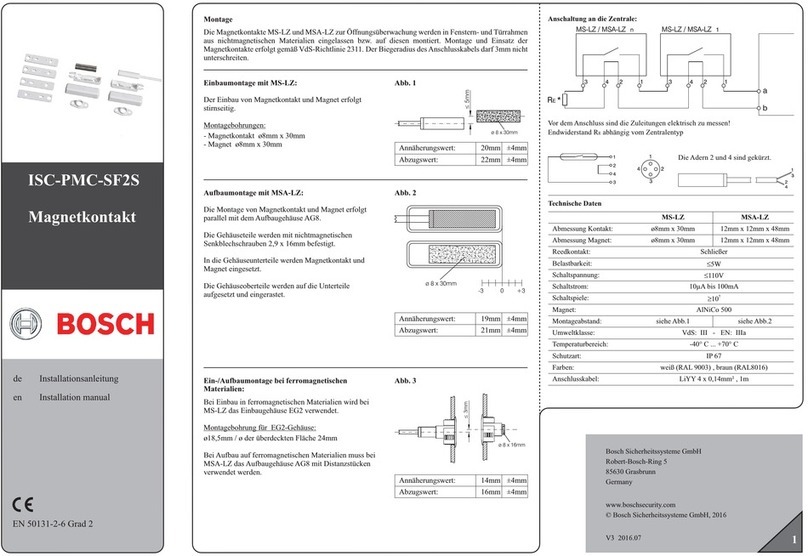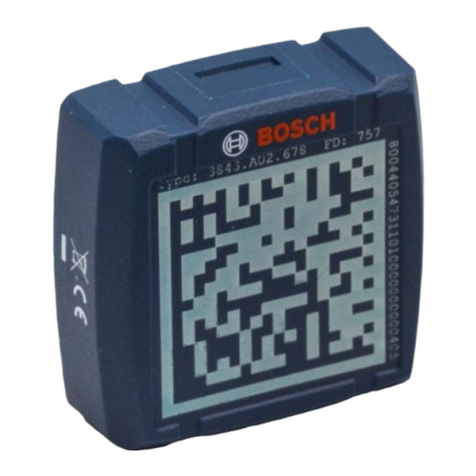Bosch Security Systems, Inc. | 2
The detector requires 1 battery to
operate, which is pre-installed in the
detector.
1. Pull the tab from the back of the
detector to activate the battery. The
detector powers up, and the green
LED lights. The detector enters
pairing mode when the green LED
begins flashing 3 times every 5
seconds. Continue with Section 4.2,
Pairing process.
2. If you are installing a:
• Door Window Detector, continue
with Section 4.2, Pairing process.
• Water or Tilt Detector, continue with
Section 4.1, Configuring the detector
type.
Figure 4.1: Water Detector orientation
NOTICE!
Configure the detector type,
within the allotted time
before beginning pairing with
a home control system or
security control panel.
Changing the detector type to Water
Detector:
1. Move the magnet at least 1 ft (30.5
cm) away from the detector.
2. Push and hold the tamper switch, and
reinsert the battery. When the green
LED turns on, release the tamper
switch before the LED turns off (within
4 seconds).
By default, the detector type is a surface-
mount detector for monitoring door or
window position (open or closed). You
can change the detector to operate as a
Water Detector or a Tilt Detector.
3. Place the detector horizontally on the
floor as shown in Figure 4.1.
4. Tap the detector 3 times within 30
seconds of powering the detector. The
green LED flashes 2 times to indicate
Water Detector.
5. Place the detector on the horizontal
surface of the area to monitor for water.
Refer to Figure 4.1.
Figure 4.2: Tilt Detector orientation
Test the proper operation of the Tilt
Detector:
1. Go to Section 4.2 and perform the
pairing process.
2. When finished pairing, move the
surface with the mounted detector to
a horizontal position. The green LED
turns on to indicate a tilted or open
position.
3. The green LED turns off after the test
is complete.
4.1.3 | Test Tilt Detector
Changing the detector type to Tilt
Detector:
1. Move the magnet at least 1 ft (305 mm)
away from the detector.
2. Push and hold the tamper switch, and
reinsert the battery. When the green
LED turns on, release the tamper
switch before the LED turns off (within
4 seconds).
3. Orient the detector vertically with the
alignment marker facing left.
4. Tap the detector 3 times within 30
seconds of powering the detector. The
green LED flashes 3 times to indicate
Tilt Detector.
5. Mount the detector on the top section
of the moving surface with the
alignment mark facing left. Refer to
Figure 4.2.
4.1.2 | Tilt Detector
4.1.1 | Water Detector
4.1 |
Configuring the
detector type
4 |
Installation
NOTICE!
The Water Detector may be
damaged if submerged in water.
For installation and mounting
considerations, use a smart phone and
scan the following QR code:
Placeholder for QRC:
installation video
Figure 3.1: Door/window installation locations
–Suitable flat surfaces for installation include wood, metal, vinyl, glass, and painted surfaces.
–Installation on metal surfaces can affect the RF propagation pattern of the radio transceiver.
–Verify proper clearance with the latch of the window or door and the detector. Failure to do
so might make it difficult to access and open the detector for maintenance.
–Moving the home automation or security system may improve RF performance. In some
instances, installing another device, such as a repeater, might be required.
3 | I
nstallation considerations
The product box contains:
–2 detectors with installed batteries
–2 magnets
–2 mounting brackets
–2 tape strips for mounting brackets
–Installation instructions
2 |
Product contents
The RADION Multi-Sensor ZB is a surface-
mount wireless detector for monitoring
door or window position (open or closed),
and impact. The ZigBee® compatible radio
allows connection to a security or home
automation system. The detector also
monitors temperature, and includes a
tamper cover. You can optionally configure
the multi-detector for use as a Water
Detector or Tilt Detector.
1 | Overview
